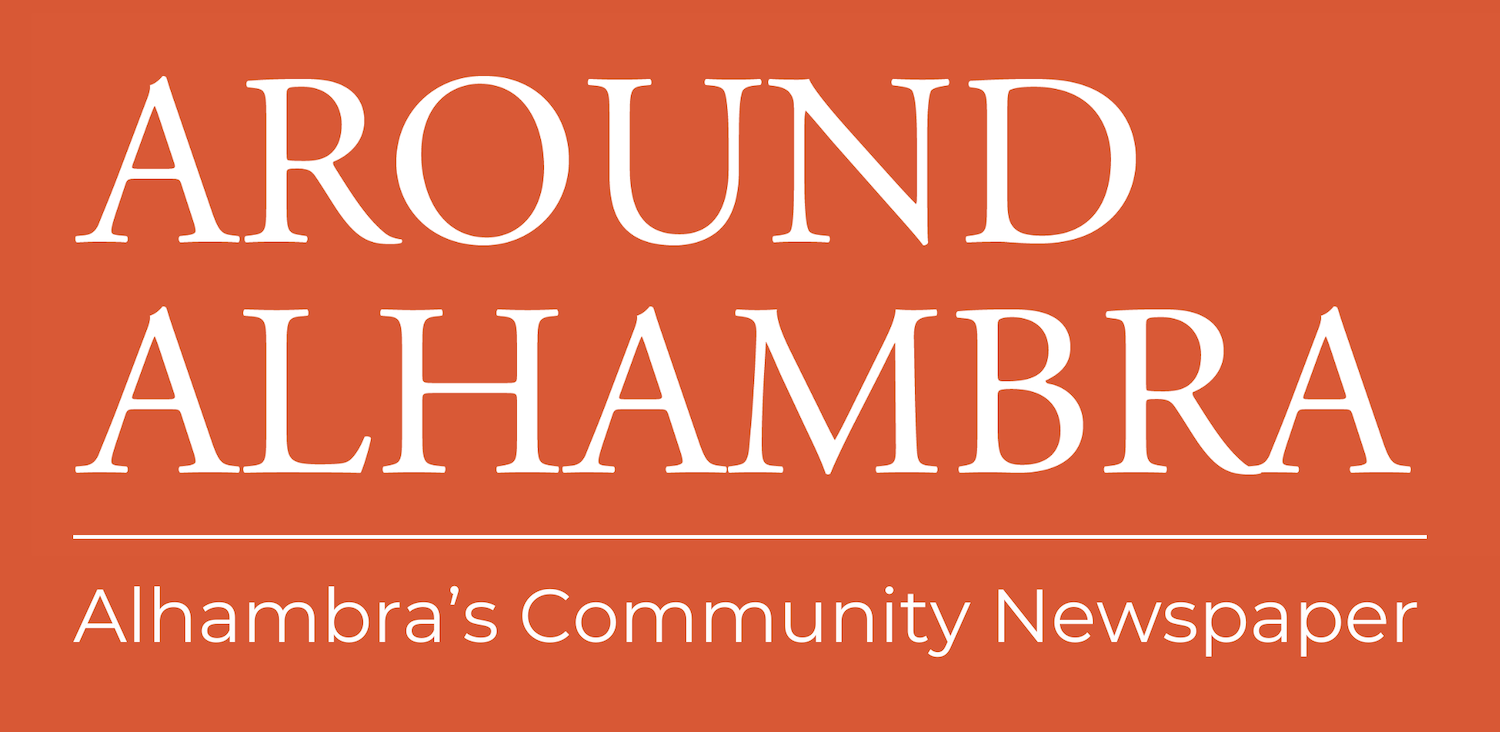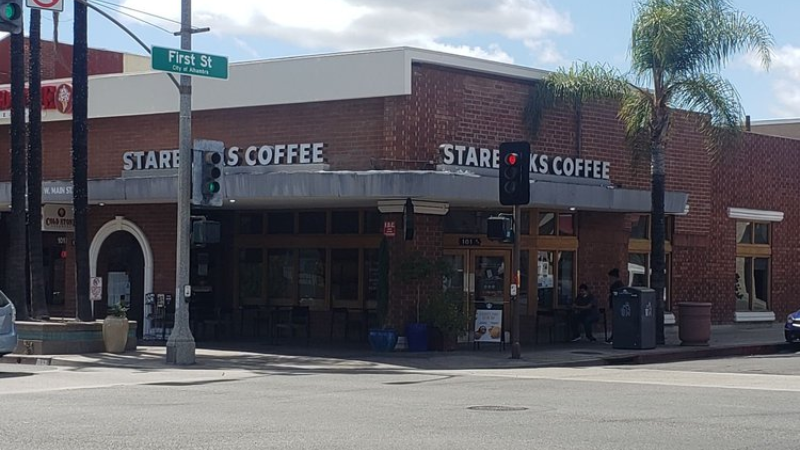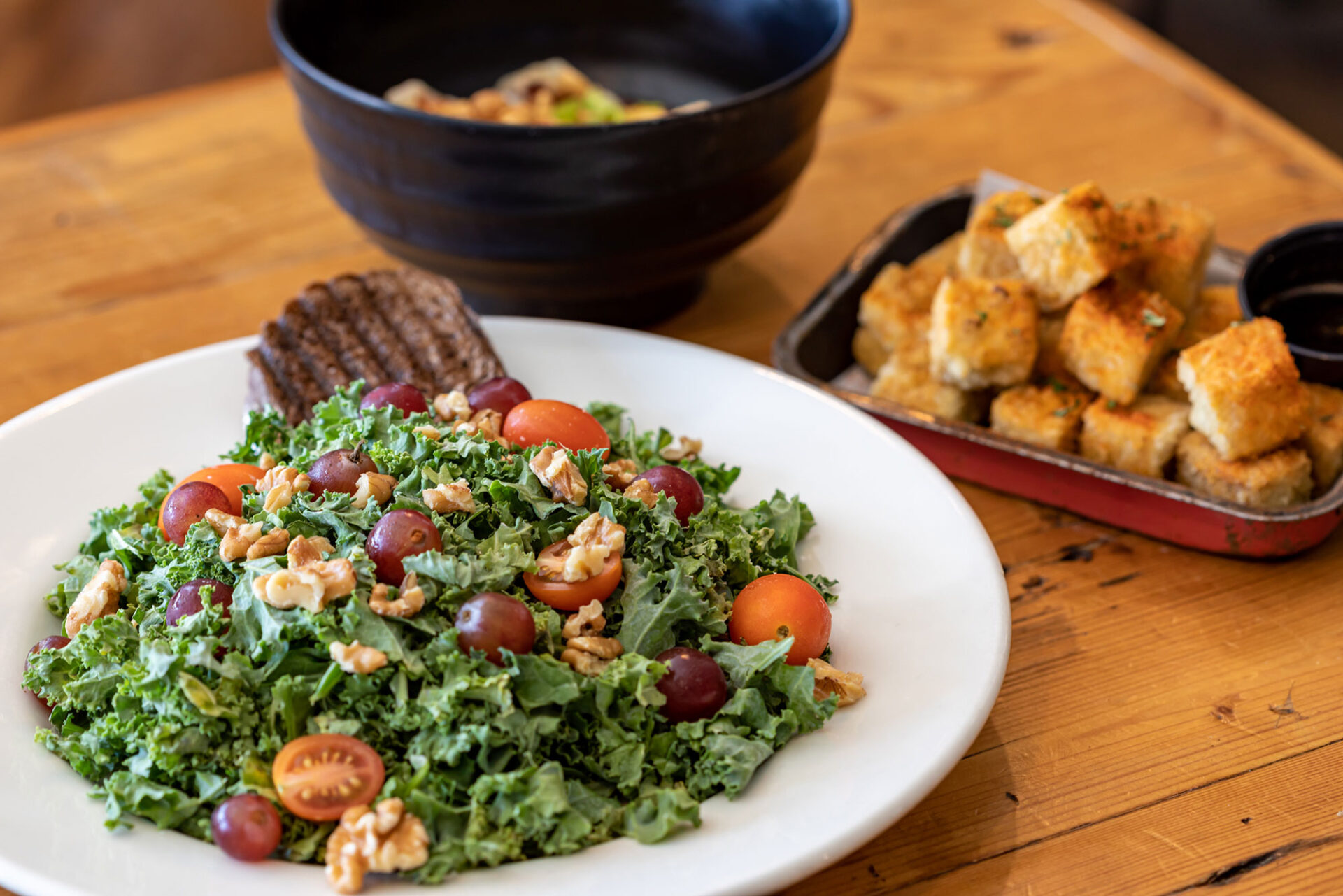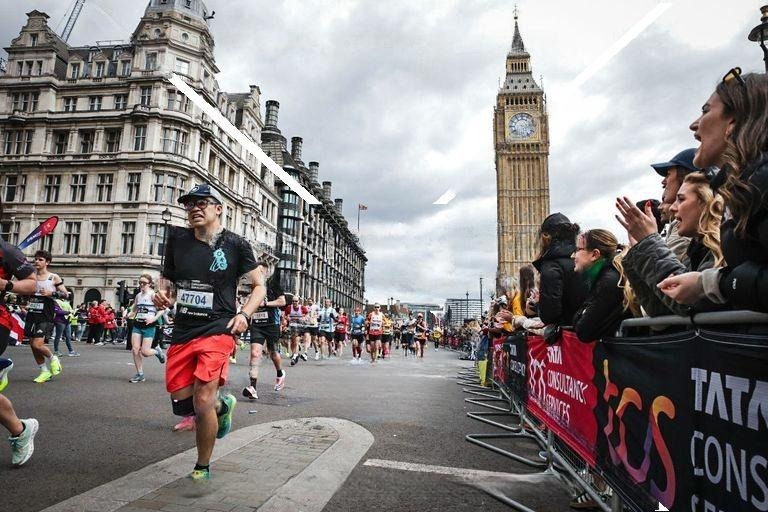When you’re not at work or home, where do you go? That’s the question third places are trying to answer. The term “third places” was coined by sociologist Ray Oldenburg, who said that they encourage civic engagement and promote a sense of belonging in one’s community. These are places like churches, cafes, bars, parks, boba shops, and so on.
Third places are the glue of any community, but the rise of social media, car dependency, and a lasting pandemic have made some people believe that third places are slowly disappearing. The lack of community spaces contributes to the growing “loneliness epidemic” that seeps into every corner of our lives — while the internet has made global communication possible at a scale former generations couldn’t even imagine, it’s rife with toxicity and can hardly replace the need for in-person interaction.
A recent study from Columbia Business School found that third places can also promote entrepreneurship and economic growth. A group of researchers led by Columbia professor Jorge Guzman studied the effects of the entrance of a new Starbucks cafe on local entrepreneurship, finding that it could increase entrepreneurship by 2.3% to 11.8% in neighborhoods where there were no other cafes or similar third places already present. It shows the power of third places not only in creating community spaces, but also the economic benefits of building spaces that encourage people to build capital.
Anthony Rodriguez, Global Responsibility Lead at Starbucks, shared that the company is very intentional about opening new locations in under-served neighborhoods and encouraging its employees to be more involved in their own communities. Rodriguez previously worked on the Community Store Program team, which brings Starbucks cafes to under-resourced communities to address social and economic challenges in those areas.
“The reason that entrepreneurship grows in these communities is that other people see that Starbucks is taking a chance, we’re going to go in there. Starbucks is also going to drive traffic and be an economic driver,” he explained.
Rodriguez started working at the Starbucks on Atlantic and Valley as a barista fifteen years ago, so he’s a strong believer of the power of Starbucks to offer generational mobility. His work now revolves around encouraging Starbucks employees to get involved in the things that matter to them. In Alhambra, employees are encouraged to join cultural events like the Alhambra Lunar New Year Festival or the annual Pumpkin Run.
Having grown up in Alhambra, Rodriguez said that, “Starbucks changed my understanding of what responsibility to our community is. I grew up in this area and never felt a responsibility to the city or community until I came to Starbucks and saw this is what we do here, we’re community members and we have a responsibility.” He still lives here now with his partner and together they enjoy local community spaces like the weekly Farmers Market, Alhambra Park, and the restaurants and shops along Main Street and throughout the city.
Main Street has become one of the biggest attractions in Alhambra. It’s a highly walkable area with free parking and a good mix of restaurants and shops, and has bounced back as a center of business after the pandemic.
The Covid-19 pandemic and quarantine did a number on our third places. Restaurants closed their dining rooms and many struggled to stay afloat with takeout-only service. Other physical shops had to close entirely — Axem Axe Throwing in nearby West Covina had to use its savings to pay rent while it wasn’t able to earn revenue for months. It took time for places that used to be popular gathering spots to put their tables and chairs back in place.
Alex Lin, founder of Reach Media and an Alhambra native, thinks that places like restaurants are more transactional now, with a greater focus on selling their goods and less on letting people linger and mingle. “There seems to be a trend where a lot of these shops and places that I used to go to when I was in high school, the environment used to be more inviting. I think Covid had a pretty big impact on closing up seating or closing their outlets,” he said.
In high school, Lin would walk up and down Main Street after school with his friends. They hung out in boba shops or at convenience stores like Big T Mini Mart, which is now closed. As an adult, Lin has found that there are fewer opportunities to maintain community relationships and that “it’s difficult to feel fully connected with your neighbors. There’s not that much of an emphasis on getting to know other people or shops getting to know their customers.”
When meeting with friends, Lin said he looks outside of Alhambra for things to explore, like flea markets and shopping malls. “There aren’t too many activities for young people in their 20s aside from eating or drinking in Alhambra. For me, I like seeing new things and exploring new things, but here there’s not that much to explore,” he explained. He still likes to work from boba shops and other places, but has suffered from a lack of seating areas and available power outlets.
The lack of variety is one of Alhambra’s biggest challenges in finding third places. Joanna Vargas, who is part of the Downtown Alhambra Business Association (DABA) and founder of the Pumpkin Run, agrees with this sentiment. She sees a need for more versatile gathering spaces that appeal to diverse interests and age groups in Alhambra.
Like Lin, she said that locals may drive to nearby cities in search of these spaces instead, but it’s also improving here in Alhambra. Both Vargas and Lin mentioned their excitement for new businesses like Happy Humble Hub, a marketplace for small businesses that lends more variety to Main Street and which also organizes events like workshops, panels, and stand up comedy shows that bring out the community.
When thinking about how Main Street has changed, Rodriguez also brought up safety concerns and said that “over the past few years, Alhambra has done a much better job of bringing in businesses that allow for healthy, safe congregating. Main Street has really turned into a safe place where people can go and gather.”
In addition to attracting new businesses, the City of Alhambra is instrumental in creating third places that cater to the whole community and are free to use, such as the public library and the city’s six parks. Along with the weekly Farmers Market organized by the city, DABA is opening the Main Street Market in January to bring the community together to support local small businesses, which will have crafts vendors, live music, and artists.
The City has several bigger projects in development, including a dog park and community center. The new community center will have at least 17,000 square feet of space to accommodate a variety of activities. It will have something for everyone, from after school programming to enrichment classes like pilates and arts, as well as an event and meeting area. These new additions to the community promise more opportunities for residents to get outside, meet their neighbors, and form deeper relationships with each other and with the city as a whole.
“I definitely don’t think it’s all bad,” Lin said of the state of third places in Alhambra. “I just do notice that third places are disappearing and for us to establish a strong community, we need those spaces.”
To keep up to date on the City’s projects, visit cityofalhambra.com. For more information about the Main Street Market, visit downtownalhambra.com.





